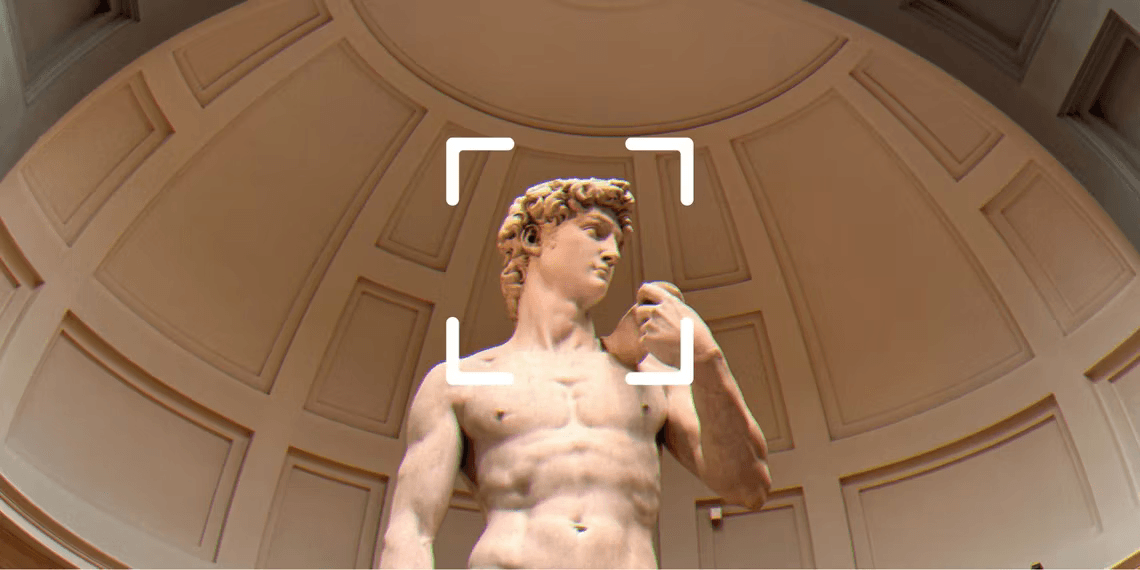What Is NVIDIA’s Neuralangelo?
To comprehend the true breakthrough that NVIDIA’s Neuralangelo model represents, it’s essential to grasp the context of 3D digital reconstruction. This intricate process involves capturing the appearance, shape, and features of real-world objects in the realm of computer graphics. Neuralangelo, an open-source AI model, takes this process to a new level. Unlike conventional methods that rely on multiple still image viewpoints, Neuralangelo constructs 3D objects from 2D videos. This innovation offers designers and developers an unprecedented comparative insight into an object’s spatial and functional characteristics, all from a single plane of sight.
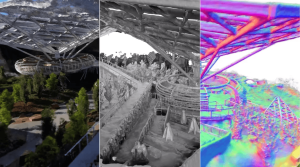
How Does the Neuralangelo AI Model Work?
At the core of Neuralangelo’s capability lies neural rendering. This intricate process enables the AI model to discern a 360-degree view of objects from a simple 2D video. This approach is reminiscent of an artist sculpting from various angles. Similarly, Neuralangelo analyzes 2D videos from multiple camera viewpoints, “carving” an initial 3D reconstruction. Subsequently, through AI and neural networks, this preliminary version is refined into a highly detailed, lifelike 3D object or scene, complete with intricate textures.
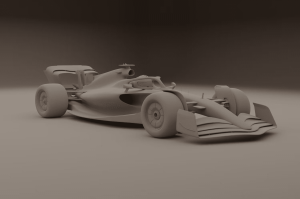
1. You Can Record Now and Access Virtual Objects Later
One of Neuralangelo’s standout features is its capacity to create 3D objects from accessible 2D videos, even those captured on smartphones. With a modern GPU and basic hardware, this revolutionary AI software transforms a smartphone into a creative tool. Its user-friendly interface entices newcomers to the world of 3D art and design. Both novices and seasoned professionals can utilize personal videos to enhance their 3D modeling and rendering practices. The beauty of Neuralangelo lies in its accessibility – no elaborate cameras or setups are required to harness its capabilities.

2. Neuralangelo Will Save You Time Capturing 3D Objects
Traditionally, 3D modeling demands significant time and manual effort. Neuralangelo disrupts this paradigm by swiftly translating 2D scenes into accurate digital models. The AI-powered efficiency of Neuralangelo means that complex 3D scenes can now be crafted within a matter of hours. This acceleration eliminates the time-consuming nature of conventional 3D modeling, providing creative professionals with more time to actualize their digital visions.
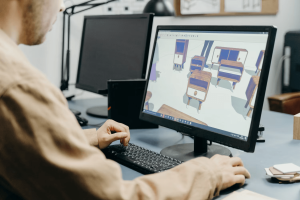
3. AI Lets You Capture Both the Largest and Smallest Details
Neuralangelo’s meticulous attention to detail sets it apart. From intricate sculptures to sprawling landscapes, the AI model excels in capturing details of all scales. Particularly adept at handling challenging textures like smooth marble or uneven roofing, Neuralangelo’s high-fidelity output reduces modeling time and empowers users to create intricate, high-quality scenes from regular 2D videos. This breakthrough not only eliminates the limitations of scale but also enables architects to prototype within a digital 3D space and game developers to seamlessly integrate real-world objects into virtual environments.
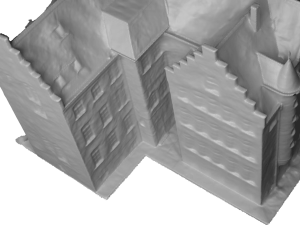
What Are the Future Uses of Neuralangelo?
As the creative landscape evolves with AI, Neuralangelo emerges as an indispensable tool. It contributes to the rise of digital twins, aids designers and engineers in structure assessment, and pushes the boundaries of gaming and art. The future holds exciting potential for Neuralangelo, from enhancing architectural visualization to propelling the realms of virtual reality and digital art.
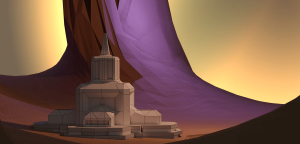
The Future of Creative AI
NVIDIA’s Neuralangelo serves as a beacon of opportunity for creative industries. Its creations aren’t merely visually stunning – they’re fully functional and primed for application. As AI technology in the creative realm advances, the path forward promises novel innovations, pushing the boundaries of 3D landscapes and virtual realms.
| Feature Comparison | Traditional 3D Modeling | NVIDIA’s Neuralangelo |
|---|---|---|
| Ease of Use | Requires complex tools and software | User-friendly interface, accessible to beginners |
| Time Consumption | Time-consuming process | Accelerates 3D modeling, saves time |
| Detail Capture | Limited by manual input | Captures intricate textures and details |
| Scale Flexibility | Limited by technology | Transcends scale, captures both large and small details |
| Future Potential | Evolving technology | Wide range of applications in various creative fields |
About the Author: Olivia Tarr With a passion for technology and its impact on creative industries, Olivia Tarr is a tech enthusiast and writer. Holding a degree in Digital Arts and Media, Olivia explores the intersection of art, design, and technology, keeping her finger on the pulse of cutting-edge innovations.
Source: This article is based on the insights provided by Olivia Tarr, a tech enthusiast with a background in Digital Arts and Media, who has extensively researched and written about the impact of AI and technology on creative sectors.
Disclaimer: The information provided in this article is based on the author’s research and interpretation. The views and opinions expressed are those of the author and do not necessarily reflect the official position of NVIDIA or any other entity.






